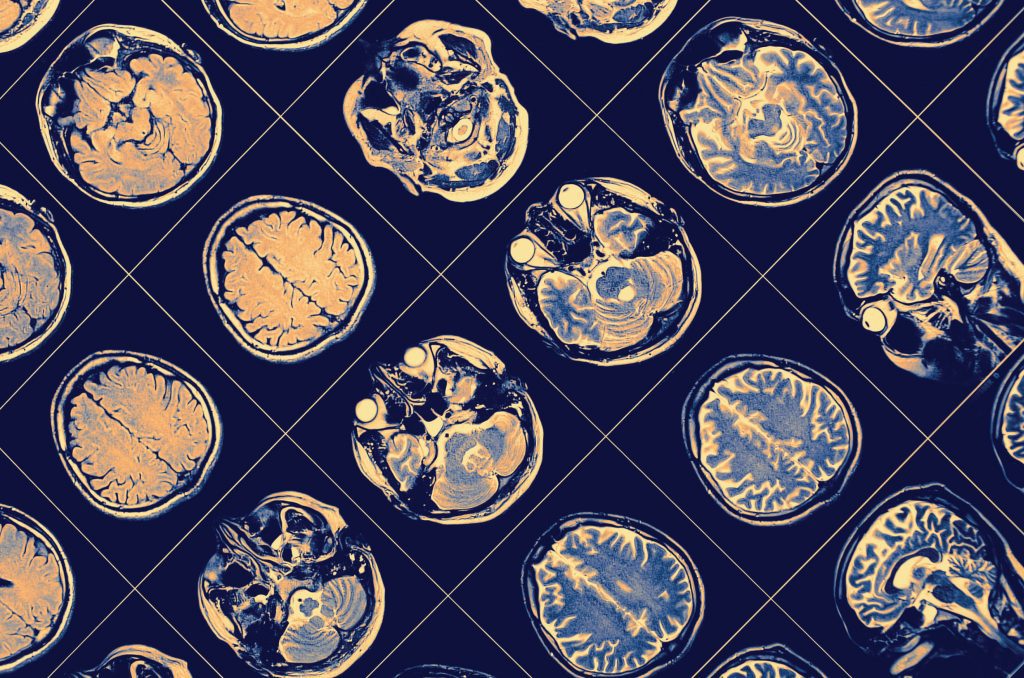April is National Parkinson’s Awareness month and according to the American Parkinson’s Disease Association, a new diagnosis occurs every nine minutes in the United States making research into causes and treatment critical. We reached out to Dr. Joel Perlmutter, head of the Movement Disorders Section in the Department of Neurology at Washington University School of Medicine, to learn more about the disease.
How is Parkinson’s diagnosed?
There is not one test for the disease. Parkinson’s is diagnosed by a neurologist based on a patient’s history and an examination. The only way to really confirm a case of Parkinson’s currently is to examine the brain after death. Based on that, clinicians estimate that diagnoses are 80% to 95% accurate. There are a number of conditions that have overlapping symptoms and manifestations, but different things are happening in the brain. Due to those similar symptoms, treatment would be the same for these conditions. Medications are more likely to be successful in Parkinson’s cases, but doctors would still try the same things.
Does family history lead to greater risk?
The cause of Parkinson’s is still unknown. There is some evidence for both genetic and environmental factors. About 15% of people with Parkinson’s have another relative with the disease. However, that doesn’t necessarily point to a genetic cause. It could be related to the same environmental exposures. The most common, known genetic cause is mutation of the GBA gene. However, the increased risk that people with the mutation will develop Parkinson’s is not even 10%. When testing people with family history, that mutation occurs in about 2.9% of cases, as opposed to 0.9% in people with no family connection.
What are symptoms people should look out for?
Around two-thirds of people with Parkinson’s have tremors. Gradual onset of slowness of walking, softer speech and issues with tasks like handwriting are among the most common early manifestations of the disease. While these symptoms are related to Parkinson’s, it’s not the only possibility. Start with a regular doctor’s visit to rule out other potential causes before seeing a neurologist. Early diagnosis can be helpful in getting a patient into programs that can help prevent difficulties that develop.
What are treatment options?
For early diagnoses, exercise and physical therapy can make a big difference. Right now, medication is available to treat the symptoms of Parkinson’s. It has neither a negative or positive impact on forestalling the progression of the disease. Most patients don’t start medication when they are diagnosed. Instead, they wait until their symptoms are giving them more trouble. Many research studies for new treatment options only take participants who have not been medicated for their symptoms. However, symptomatic treatment has led to people with Parkinson’s living longer. It can help you remain more active and do the things you want to, and it prevents complications related to the disease like falls.
Where is Parkinson’s research focused?
One of the major areas of research is identifying causes of the disease—whether that is genetics or environmental exposure. If we can identify an exact cause, we can aim to target treatment better and potentially find ways to slow or reverse the progression of the disease. It’s important that people realize that we’re not going to have the cure next year. You have to build a strong foundation before you get to the top floor of a skyscraper, otherwise the whole thing might collapse. We’ve already made great strides in treatment from where we were 10 years ago.
parkinson’s by the numbers
- Nearly one million people in the U.S. are living with Parkinson’s. That number is expected to rise to 1.2 million by 2030.
- More than 10 million people worldwide are living with the disease.
- Approximately 60,000 Americans are diagnosed with Parkinson’s each year.
- An estimated 4% of people with Parkinson’s are diagnosed before age 50.
- Men are 1.5 times more likely to have Parkinson’s than women.
- The combined direct and indirect cost of Parkinson’s is estimated to be nearly $52 billion per year in the U.S.
Source: Parkinson’s Foundation
